Aba Prompt Hierarchy
Discover the human side of ABA with a journey through the prompt hierarchy. From gentle guidance to more direct support, explore how this framework respects individual learning styles.

ABA Prompt Hierarchy
In the field of Applied Behavior Analysis (ABA), the use of prompt hierarchy is a transformative approach that helps individuals with autism develop new skills and behaviors. Understanding the concept of ABA prompt hierarchy and its importance in autism intervention is essential for caregivers and individuals seeking to support individuals with autism.
Understanding ABA Prompt Hierarchy
ABA Prompt Hierarchy refers to the systematic and structured progression of prompts used to assist individuals with autism in learning new skills. Prompts are cues or assistance provided to guide individuals towards the correct response. The prompt hierarchy is designed to gradually fade prompts over time, allowing individuals to achieve independence and mastery of the targeted skill.
The prompt hierarchy in ABA follows a continuum, starting with more intrusive prompts and gradually moving towards less intrusive prompts. This progression ensures that individuals are provided with the appropriate level of support based on their current abilities and needs. By systematically fading prompts, individuals are encouraged to develop independent skills and reduce their reliance on external assistance.

The Importance of ABA Prompt Hierarchy in Autism Intervention
The use of ABA prompt hierarchy in autism intervention is crucial for several reasons. It promotes effective skill acquisition, enables individuals to generalize skills across different settings and situations, and encourages independence. By utilizing a systematic approach to prompting, ABA professionals can tailor interventions to the unique needs of each individual.
Prompt hierarchy allows for individualized assessment and planning, ensuring that interventions are customized to address specific skills and behaviors. ABA professionals assess the individual's current abilities and determine the appropriate level of prompting required to facilitate learning. As skills improve, prompts are gradually faded, allowing individuals to demonstrate increased independence.
ABA prompt hierarchy also enhances the individual's confidence and self-esteem. As individuals experience success and achieve independence through the fading of prompts, they develop a sense of accomplishment and belief in their abilities. This positive reinforcement further motivates individuals to continue building their skills and fosters a sense of empowerment.
By understanding and implementing ABA prompt hierarchy, caregivers and individuals can support the growth and development of individuals with autism. Collaborating with qualified ABA professionals is vital to ensure the effective implementation of prompt hierarchy and to create a supportive environment for individuals with autism.
Levels of Prompting
The ABA prompt hierarchy involves a systematic approach to providing prompts to individuals with autism during intervention. This hierarchy encompasses different levels of prompts that gradually fade as individuals acquire and develop their skills. Understanding the various levels of prompting can help caregivers and professionals effectively support individuals with autism in their learning journey. Let's explore the different levels of prompting within the ABA prompt hierarchy.
Physical Prompts
Physical prompts involve physically guiding or assisting the individual to perform the desired behavior or skill. This level of prompting is the most intrusive and is typically used when individuals are first learning a new skill. Physical prompts can include hand-over-hand guidance, gently guiding the individual's body movements, or physically manipulating their responses. The goal is to gradually fade these prompts, allowing individuals to independently perform the behavior or skill.
Gestural Prompts
Gestural prompts involve using non-verbal cues or gestures to prompt the individual. These prompts can include pointing, nodding, or using other hand or body movements to indicate the desired response. Gestural prompts provide a visual cue to guide individuals towards the correct behavior or skill. Similar to physical prompts, gestural prompts should be faded over time to promote independence.
Verbal Prompts
Verbal prompts involve using spoken or written instructions to guide individuals in their behavior or skill acquisition. These prompts can range from providing explicit step-by-step instructions to giving subtle verbal cues or hints. Verbal prompts may include direct commands, questions, or prompts that provide relevant information. Gradually reducing the level of verbal prompts encourages individuals to rely more on their own understanding and less on external cues.
Visual Prompts
Visual prompts involve the use of visual aids or cues to support individuals in their learning and performance of a behavior or skill. These prompts can include written instructions, pictures, diagrams, or visual schedules. Visual prompts provide individuals with a visual representation of what is expected, helping them understand and follow through with the desired behavior or skill. As individuals become more proficient, visual prompts can be gradually phased out.
Positional Prompts
Positional prompts involve manipulating the environment or arranging objects in a specific way to prompt individuals towards the desired behavior or skill. This can include placing objects in a particular position or arranging the physical space to guide individuals towards the correct response.
Positional prompts help individuals understand and navigate their surroundings to perform the targeted behavior or skill. As individuals become more independent, the reliance on positional prompts should decrease.
Understanding the different levels of prompting within the ABA prompt hierarchy enables caregivers and professionals to tailor interventions to the unique needs of individuals with autism. By gradually fading prompts, individuals are empowered to acquire skills, gain independence, and build confidence.
Implementing ABA Prompt Hierarchy
To effectively implement the ABA prompt hierarchy, it is crucial to follow a systematic approach that is tailored to the individual's needs and abilities. This section will explore the key steps involved in implementing the ABA prompt hierarchy: individualized assessment and planning, prompt fading techniques, and prompting strategies for different skills and behaviors.
Individualized Assessment and Planning
Before implementing the ABA prompt hierarchy, it is essential to conduct a comprehensive assessment of the individual's strengths, challenges, and specific goals. This assessment helps ABA professionals develop an individualized intervention plan that aligns with the individual's unique needs.
During the assessment process, various tools and techniques, such as direct observations and standardized assessments, are used to gather data on the individual's current skills and areas of difficulty. This information guides the development of specific goals and objectives for intervention.
By conducting an individualized assessment and planning process, ABA professionals can create a tailored intervention plan that maximizes the individual's progress and ensures a targeted approach to prompt hierarchy implementation.
Prompt Fading Techniques
Prompt fading is a crucial aspect of the ABA prompt hierarchy. It involves gradually reducing or fading the prompts provided to the individual as they gain independence and mastery of a specific skill. Prompt fading aims to promote the individual's ability to perform the desired behavior or skill without external assistance.
There are various prompt fading techniques used in ABA, including:
- Graduated guidance: This technique involves providing physical or gestural prompts initially and gradually reducing the level of physical assistance over time.
- Most-to-least prompting: With this technique, the ABA professional starts by providing more intrusive prompts (e.g., physical or verbal prompts) and gradually reduces the level of prompting to less intrusive prompts (e.g., gestural or visual prompts).
- Time delay: Time delay involves introducing a delay between the instruction or prompt and the response opportunity. The delay gives the individual an opportunity to initiate the desired behavior independently before any prompts are provided.
By utilizing prompt fading techniques, ABA professionals can support individuals in developing independent skills and reducing their reliance on external prompts.
Prompting Strategies for Different Skills and Behaviors
ABA prompt hierarchy encompasses a wide range of skills and behaviors. Different skills require different prompting strategies to support individuals effectively. ABA professionals carefully select and implement appropriate prompting strategies based on the specific skill or behavior being targeted.
For example, errorless teaching is a prompting strategy commonly used in ABA to teach new skills. This strategy involves providing prompts that ensure the individual responds correctly from the beginning, reducing the likelihood of errors.
The choice of prompting strategy may vary depending on the individual's needs, preferences, and learning style. ABA professionals continuously assess and adjust their prompting strategies to ensure optimal progress and skill acquisition.
By implementing individualized assessment and planning, utilizing prompt fading techniques, and employing appropriate prompting strategies, ABA professionals can effectively support individuals with autism in acquiring new skills and behaviors while promoting independence, confidence, and self-esteem.
Benefits of ABA Prompt Hierarchy
Implementing an ABA prompt hierarchy in autism intervention can have numerous benefits for individuals with autism. By providing systematic and structured support, the ABA prompt hierarchy promotes independence, enhances skill acquisition, and builds confidence and self-esteem.
Promoting Independence
One of the key benefits of using an ABA prompt hierarchy is its ability to promote independence in individuals with autism. The prompt hierarchy allows for a gradual reduction in prompts over time, enabling individuals to develop the skills necessary to perform tasks and activities on their own.
By using prompts strategically, ABA professionals can provide the right level of support needed for success, while gradually fading assistance to encourage independent functioning. This promotes a sense of autonomy and empowers individuals to take control of their own lives.
Enhancing Skill Acquisition
The ABA prompt hierarchy is designed to systematically guide individuals through the process of skill acquisition. By starting with more intrusive prompts and gradually fading them, individuals are able to learn new skills in a structured and progressive manner.
This approach helps to break down complex tasks into smaller, manageable steps, making it easier for individuals with autism to understand and master new skills. Through consistent practice and reinforcement, individuals can make significant progress in various areas, such as communication, social interaction, and daily living skills.
Building Confidence and Self-Esteem
The ABA prompt hierarchy plays a crucial role in building confidence and self-esteem in individuals with autism. By providing the right level of support and scaffolding, individuals experience success and achievement in their learning and skill development.
This success not only reinforces positive behaviors but also boosts self-confidence and self-belief. As individuals see themselves making progress and achieving goals, they develop a sense of competence and belief in their own abilities. This increased confidence can have a positive impact on various aspects of their lives, including social interactions, academic performance, and overall well-being.
By embracing the ABA prompt hierarchy, individuals with autism can experience transformative changes in their lives. The systematic and structured approach of the prompt hierarchy promotes independence, enhances skill acquisition, and builds confidence and self-esteem. Collaborating with qualified ABA professionals who understand the intricacies of the prompt hierarchy is crucial for its effective implementation.
Collaborating with ABA Professionals
Collaboration with qualified ABA professionals is essential for the effective implementation of ABA prompt hierarchy in autism intervention. By working together, individuals with autism and their caregivers can ensure that the ABA prompt hierarchy is applied appropriately and tailored to individual needs.
Finding Qualified ABA Providers
When seeking ABA services, it is crucial to find qualified ABA providers who have the necessary expertise and experience in working with individuals with autism. Here are a few steps to help you find qualified ABA providers:
- Research and Recommendations: Begin by researching ABA providers in your area. Seek recommendations from other parents, caregivers, or healthcare professionals who have experience with ABA therapy. They can provide valuable insights and help you identify reputable providers.
- Credentials and Certifications: Look for ABA providers who have appropriate credentials and certifications. Board Certified Behavior Analysts (BCBAs) or Board Certified Assistant Behavior Analysts (BCaBAs) have met the rigorous standards set by the Behavior Analyst Certification Board (BACB).
- Interview and Consultation: Consider scheduling interviews or consultations with potential ABA providers. This will allow you to ask questions about their experience, approaches, and methods. It is essential to find a provider who aligns with your goals and values.
- References and Reviews: Request references from the ABA providers and reach out to their current or past clients if possible. Additionally, read reviews and testimonials to gather feedback on their services and professionalism.
By investing time and effort into finding qualified ABA providers, you can ensure that you are receiving the best possible support for your loved one with autism.
Communicating with ABA Therapists
Open and effective communication with ABA therapists is vital for successful collaboration. Here are some tips for communicating with ABA therapists:
- Establish Regular Communication: Maintain regular communication with your ABA therapist to discuss progress, challenges, and any concerns. This can be done through in-person meetings, phone calls, emails, or secure online platforms.
- Share Information: Provide your ABA therapist with relevant information about your loved one's strengths, challenges, preferences, and goals. This will help them tailor the intervention and prompt hierarchy to meet individual needs.
- Ask Questions: Don't hesitate to ask questions about the ABA prompt hierarchy, intervention strategies, or any other aspects of the therapy. ABA therapists are there to support and guide you, and they will be happy to address any concerns or clarify any doubts you may have.
- Collaborate on Goals: Work together with the ABA therapist to set appropriate goals for your loved one. Discuss the specific skills or behaviors you would like to target and ensure that the goals are meaningful and achievable.
- Provide Feedback: Offer feedback to your ABA therapist regarding the progress and effectiveness of the intervention. Your observations and insights are valuable in refining the prompt hierarchy and adjusting strategies as needed.
Remember, effective communication is a two-way process. Listening to the expertise and guidance of ABA therapists while actively participating in the therapy process will contribute to the overall success of the intervention.
Creating a Supportive Environment
Creating a supportive environment at home is crucial for the continuity and generalization of skills learned through ABA therapy. Here are some ways to foster a supportive environment:
- Consistency: Establish consistent routines and expectations at home. Consistency helps individuals with autism generalize skills across different settings.
- Reinforcement: Use positive reinforcement techniques to encourage desired behaviors and motivate your loved one. Reinforcement can be in the form of praise, tokens, or rewards.
- Generalization: Practice skills learned during ABA therapy in various real-life situations. Encourage your loved one to apply the skills they have learned in different settings and with different people.
- Collaboration: Collaborate with the ABA therapist to understand strategies and techniques used during therapy sessions. Implement these strategies at home to reinforce learning and promote skill development.
- Patience and Support: Remember that progress takes time. Be patient and provide support to your loved one throughout their ABA journey. Celebrate small successes and offer encouragement along the way.
By actively collaborating with ABA professionals, maintaining open communication, and creating a supportive environment, you can maximize the benefits of ABA prompt hierarchy and enhance the overall effectiveness of autism intervention.
Summary
In wrapping up our discussion on the ABA prompt hierarchy, let's bring it back to the heart of the matter: people and their unique journeys. The prompt hierarchy is more than just a set of steps; it's a guide to understanding and supporting individuals as they learn and grow.
As we navigate from the least to the most intrusive prompts, let's keep in mind the human behind the behavior. It's about finding that delicate balance, using prompts to empower rather than control. Each prompt level represents an opportunity for connection and growth, acknowledging that everyone learns at their own pace.
Let's embrace the ABA prompt hierarchy as a tool for compassion and individualized support. By recognizing the human element in each step, we can create environments that foster genuine learning, understanding, and the building of meaningful connections.
Sources
Find More Articles
Contact us
North Carolina, Tennessee, Nevada, New Jersey, Utah, Virginia
New Hampshire, Maine
Massachusetts, Indiana, Arizona, Georgia
.avif)







.jpeg)





.jpeg)



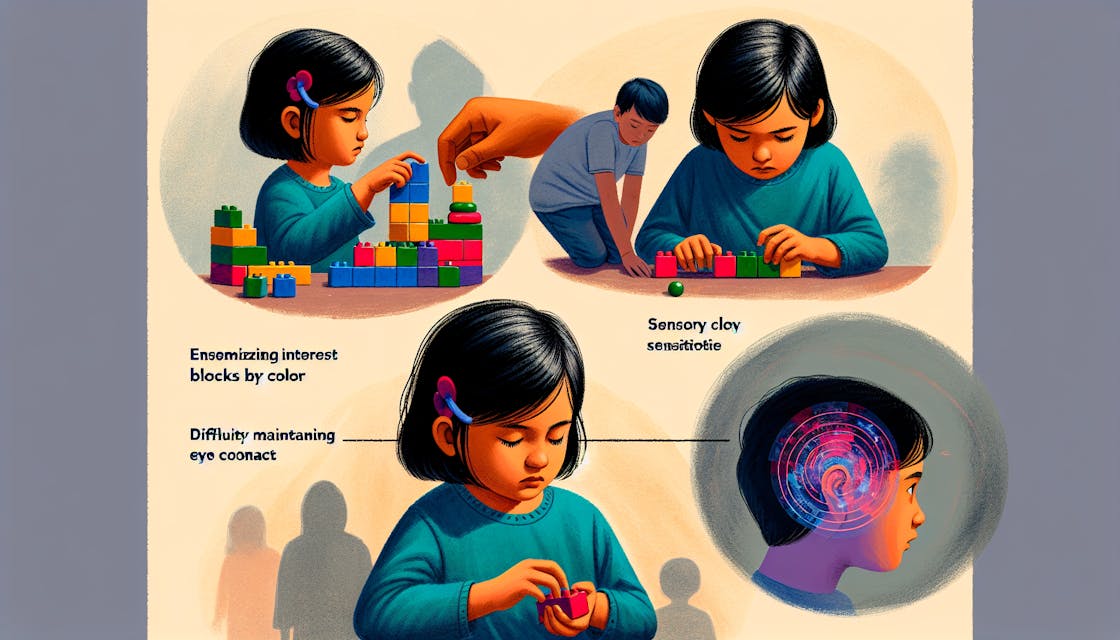

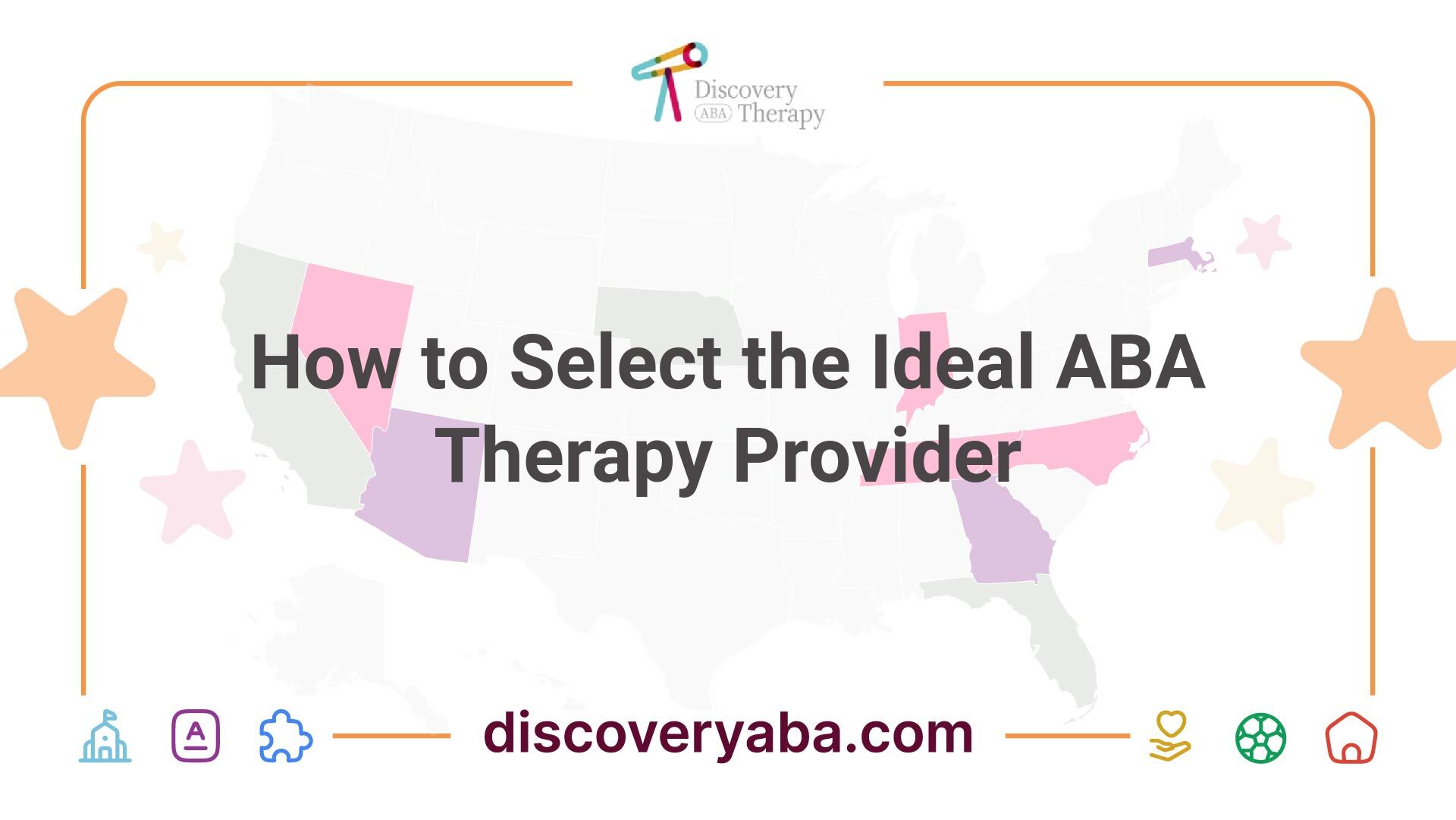
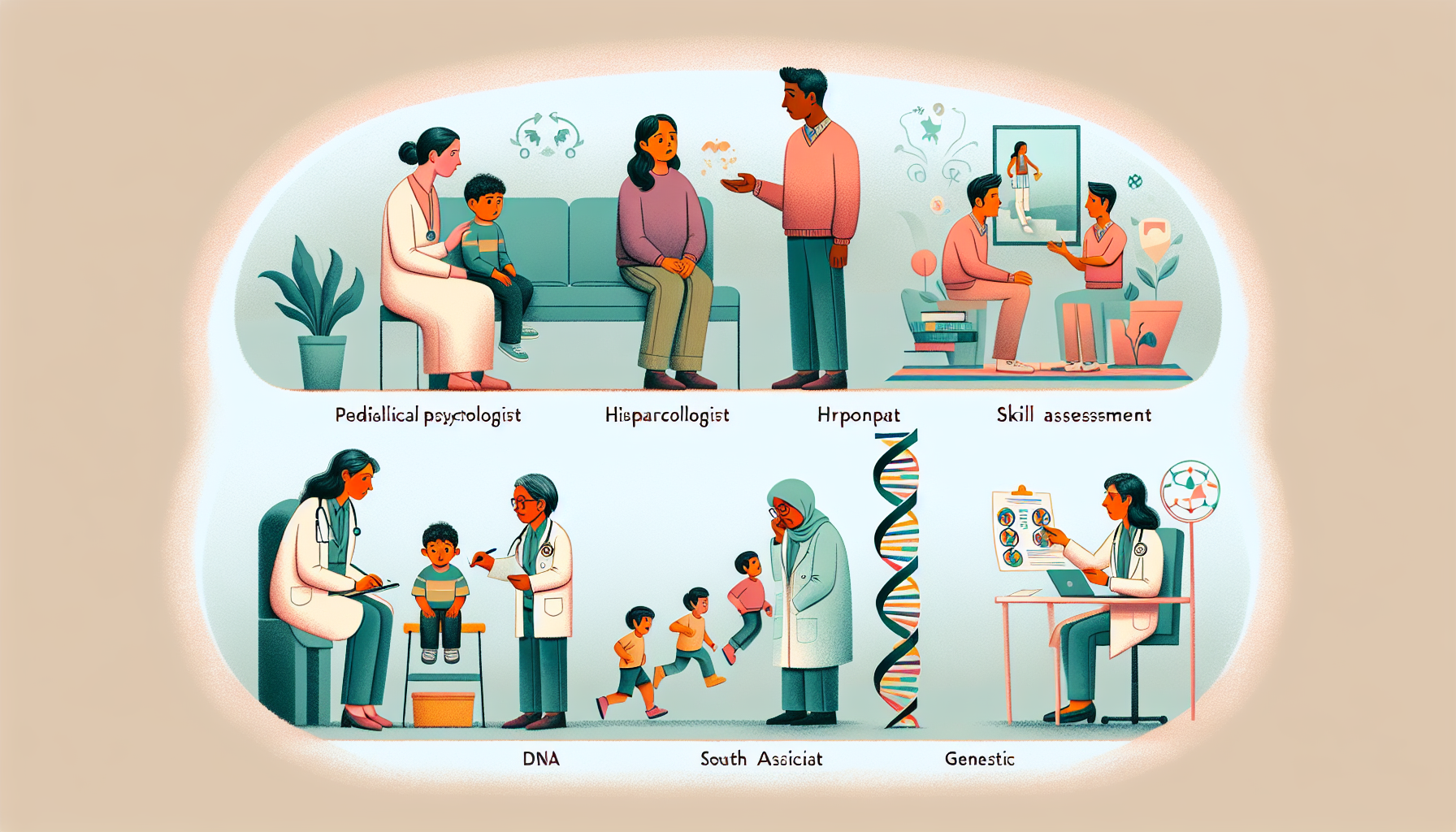





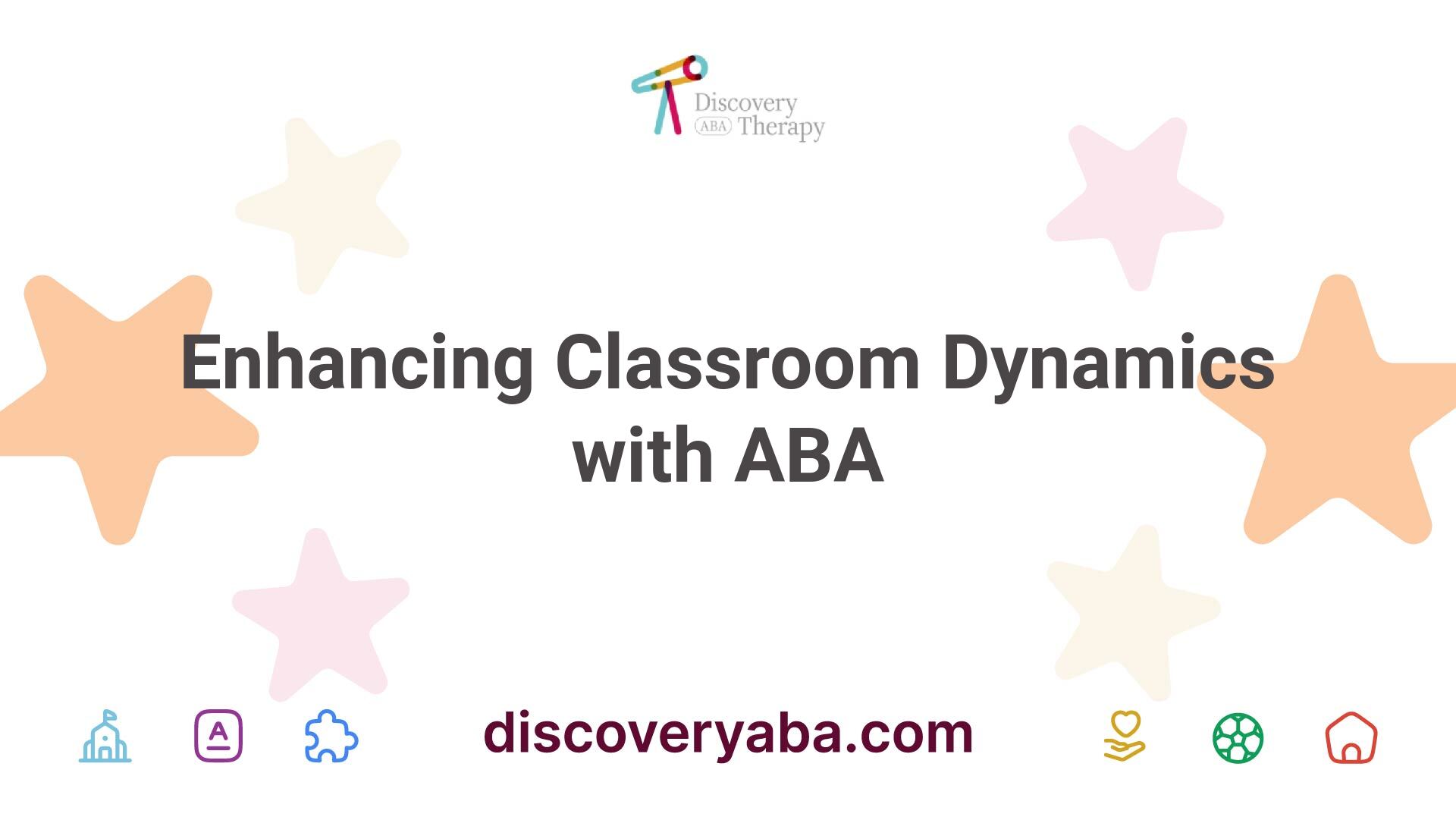



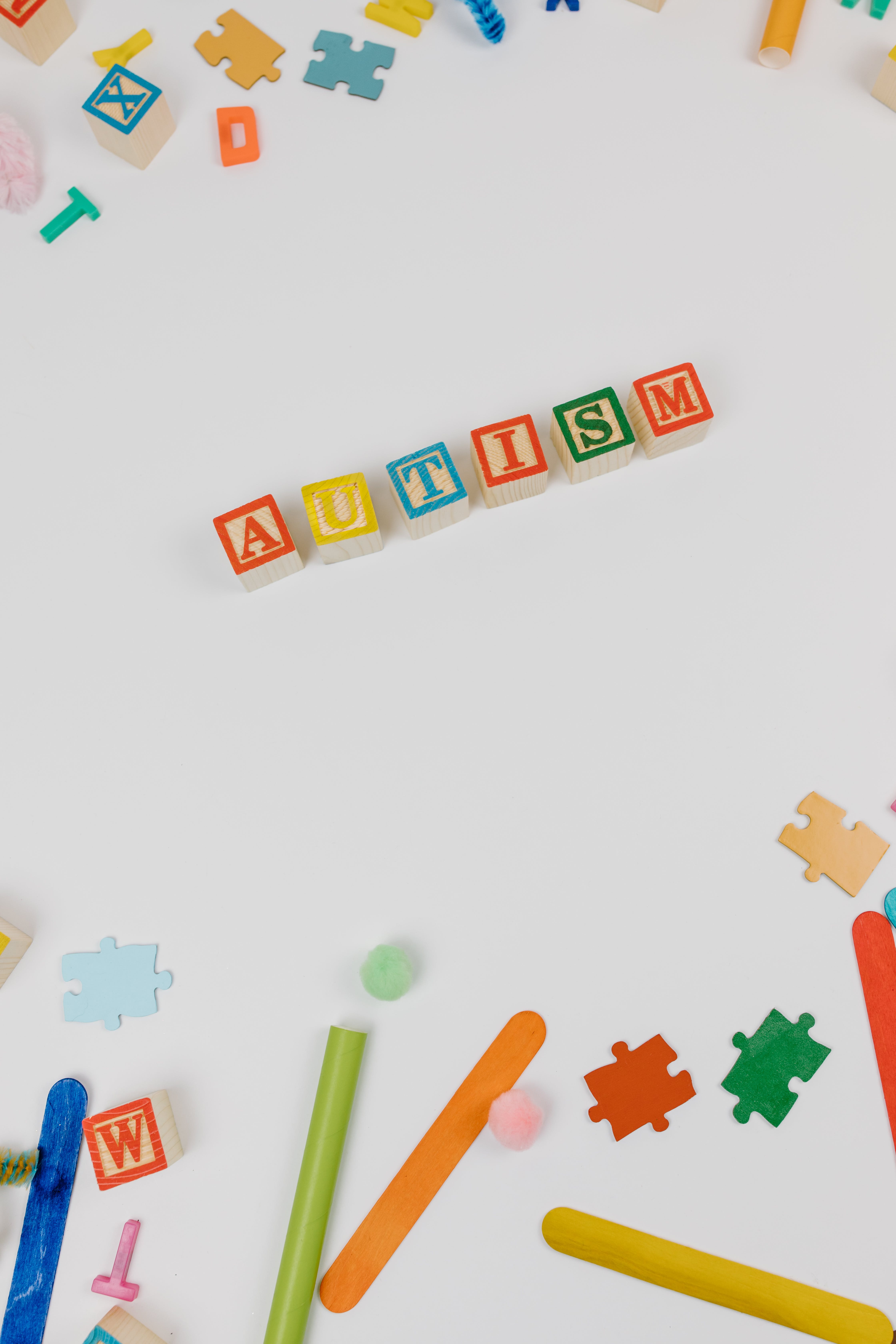








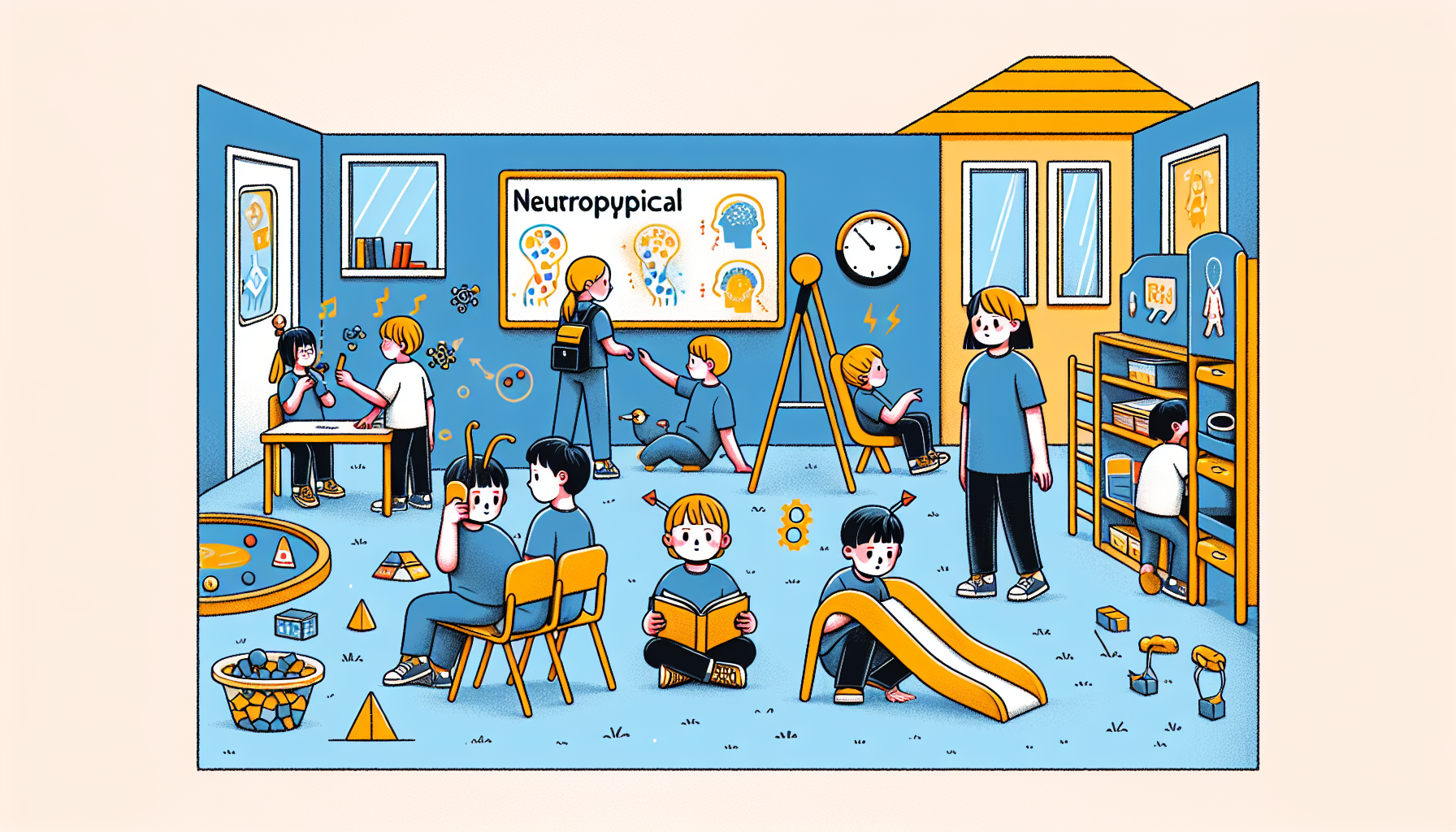
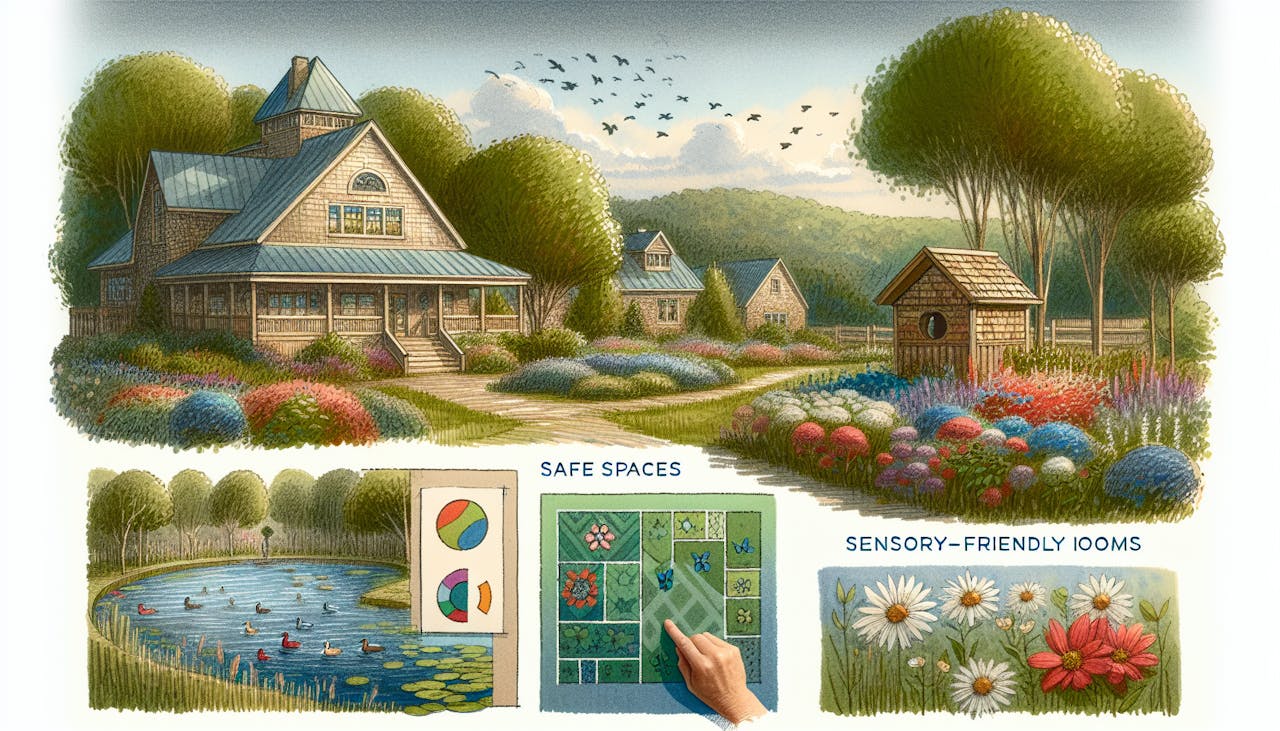


%2520(1).jpeg)

.jpeg)

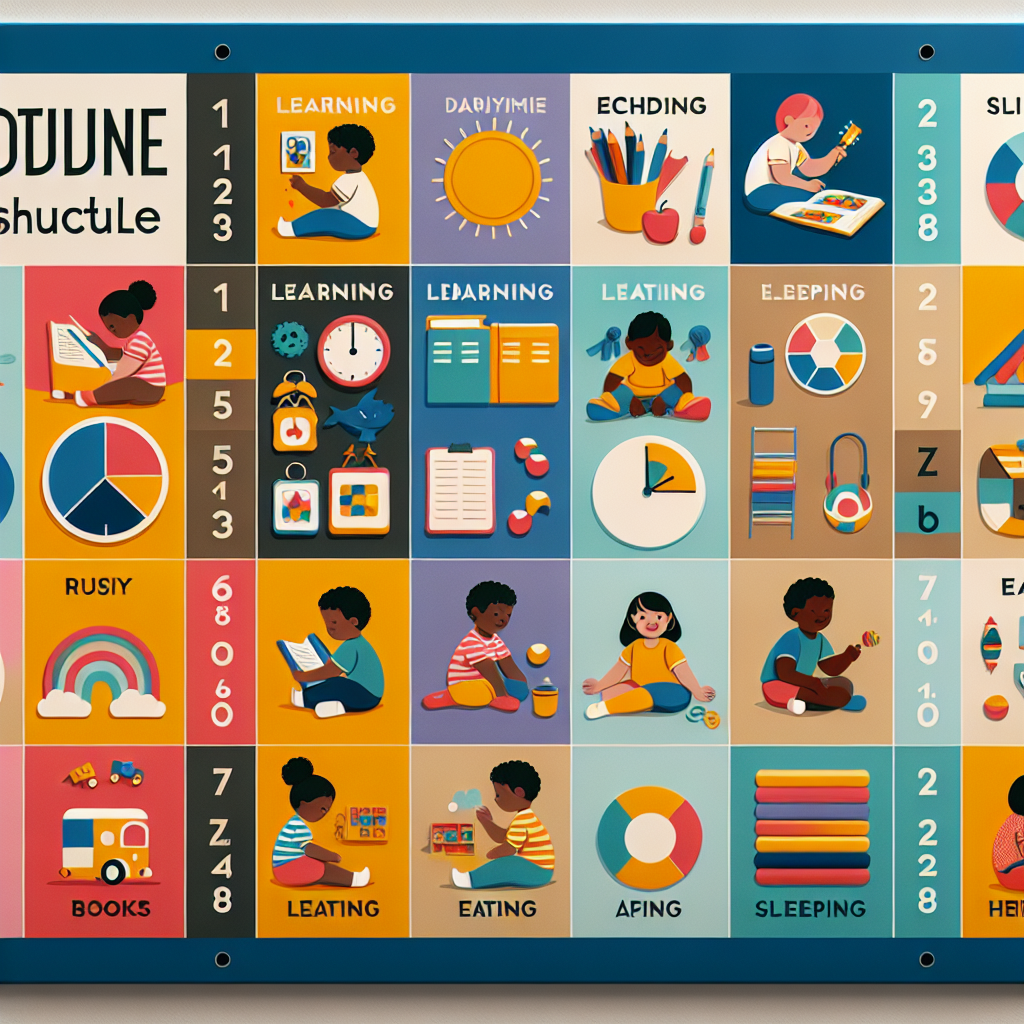



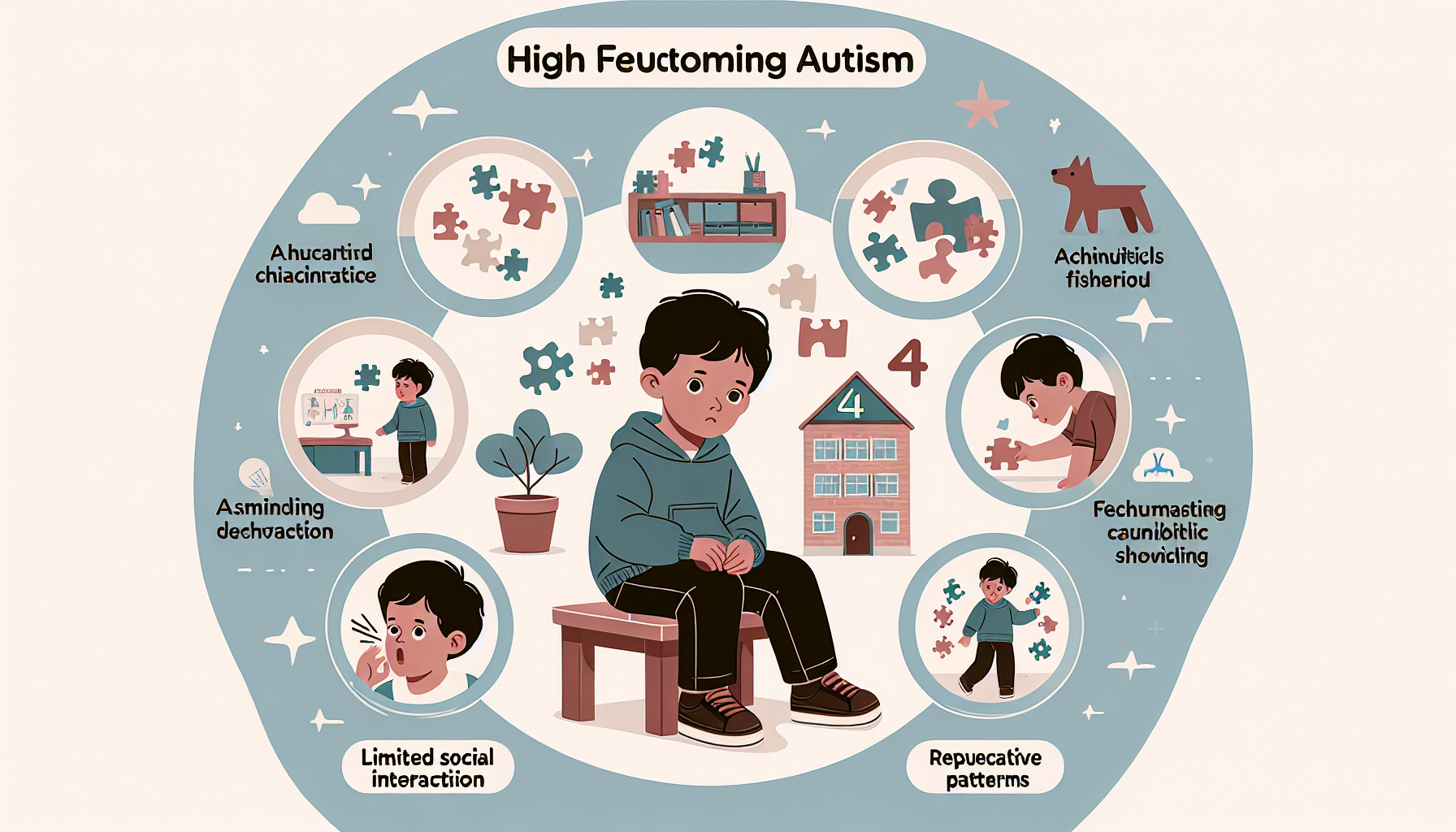






.jpeg)










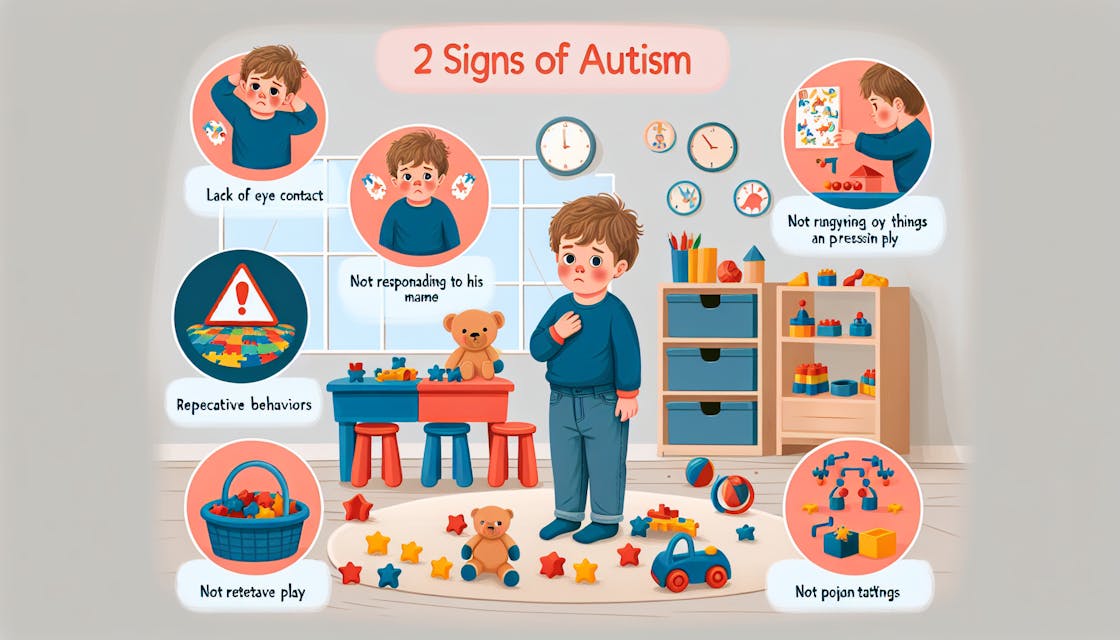
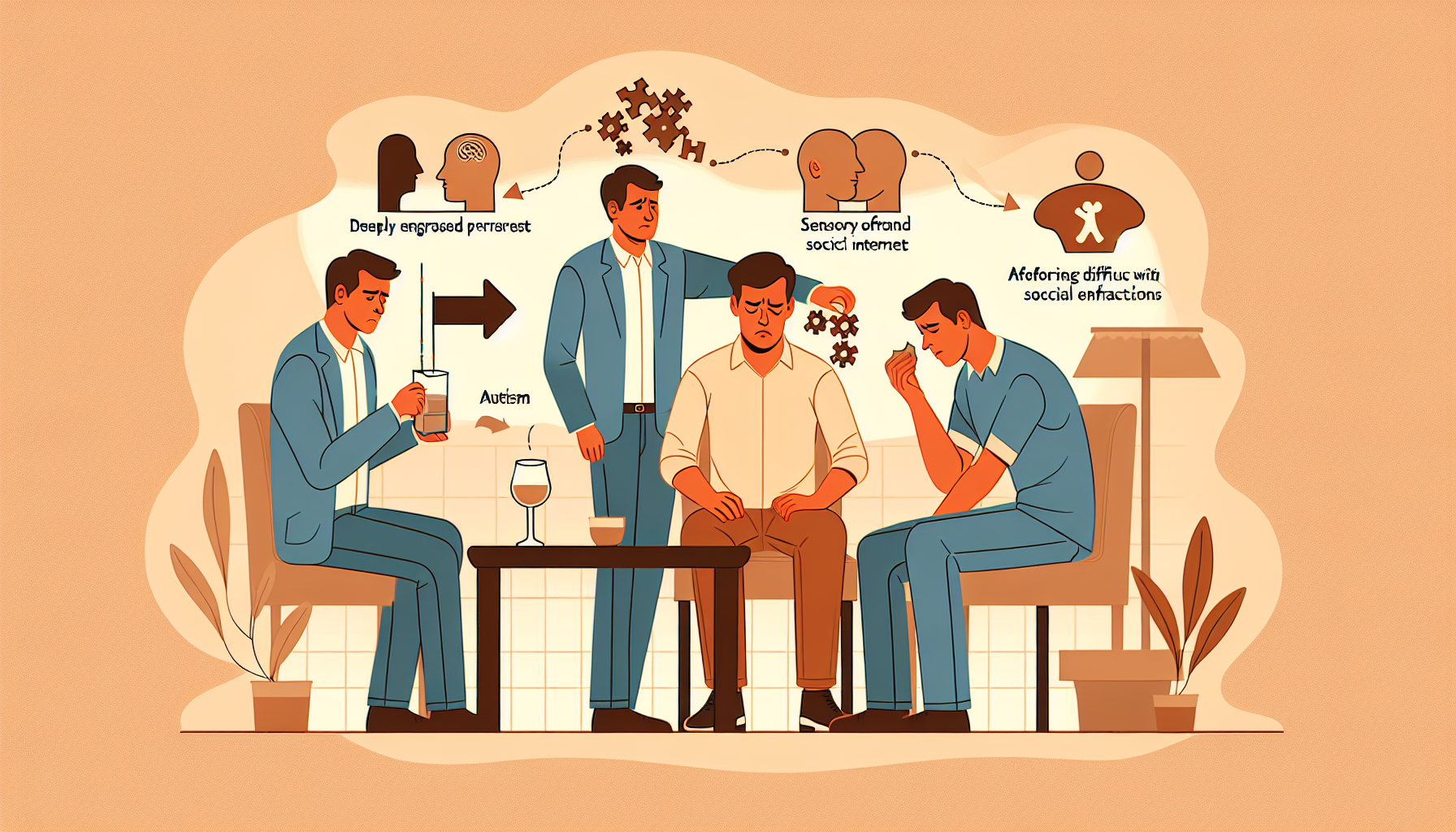

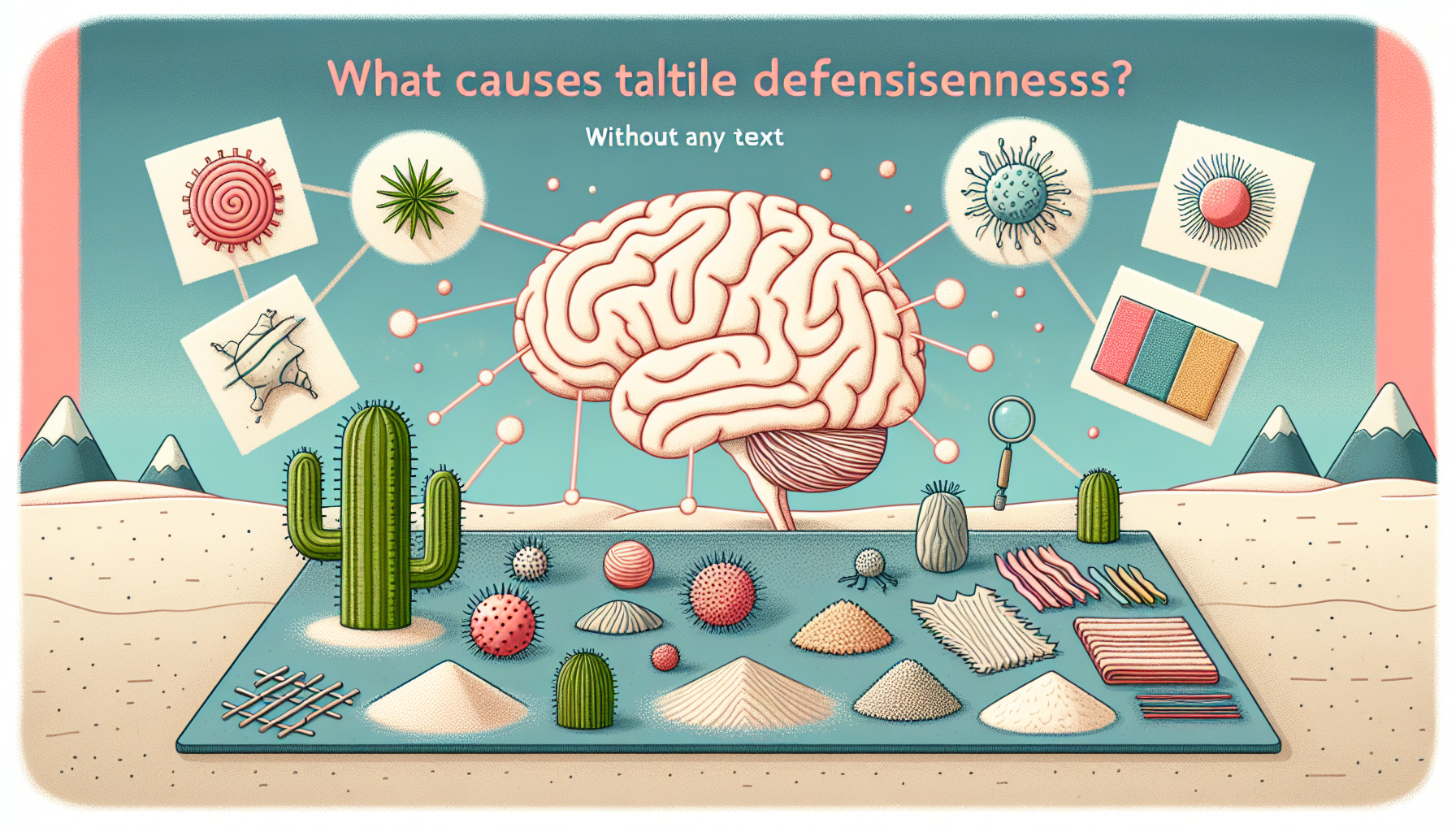





.jpeg)


.jpeg)



.jpeg)














